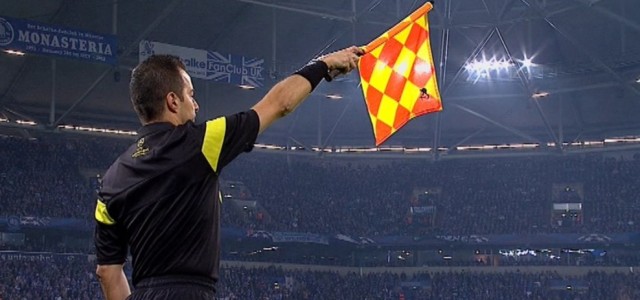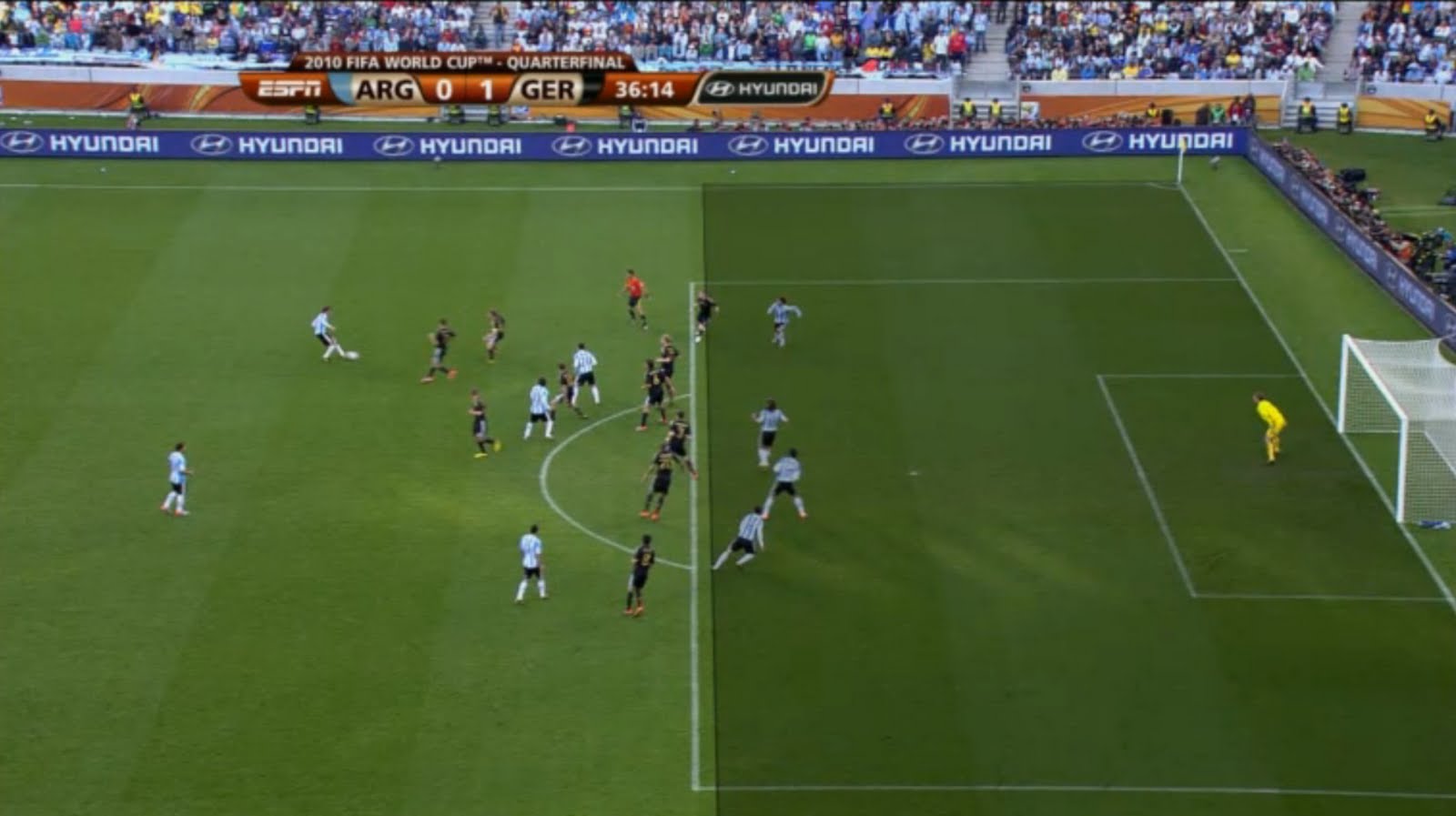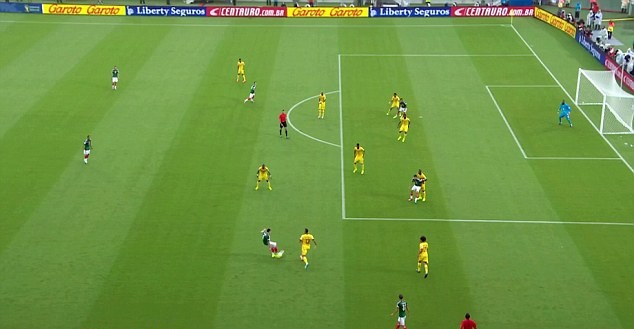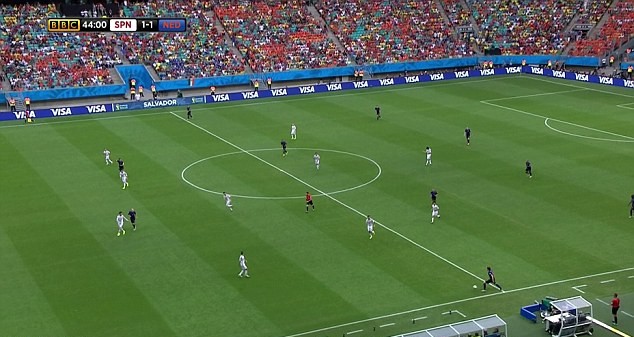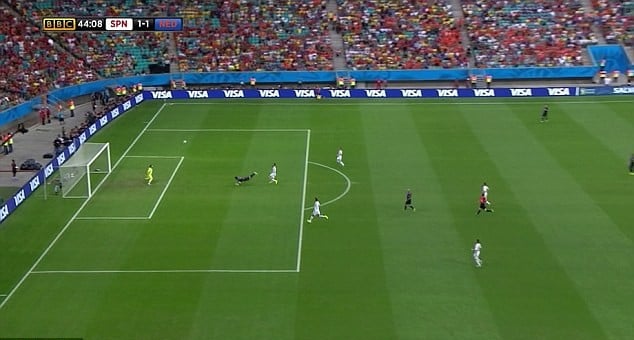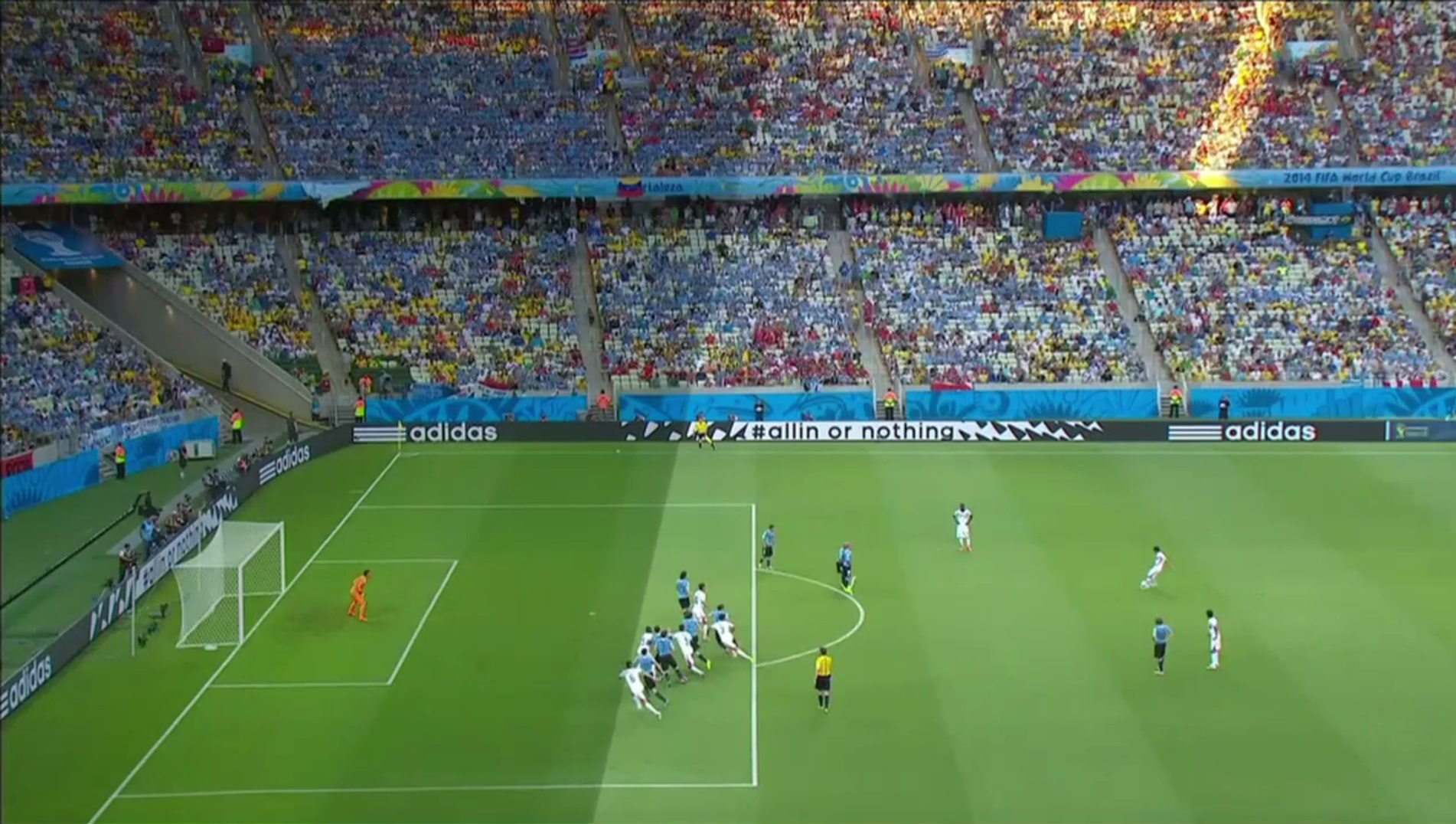Soccer is a relatively easy sport to grasp. As Homer puts it so aptly on The Simpsons, it’s really “just guys kicking the ball to one another.”
Still, simple as it is, there are a few rules in soccer that make it, well, dense. First amongst them: offside. Soccer’s offside rule is as important as it is tricky. As opposed to football or h0ckey where an offside can stop a play or at worst limit a scoring chance, in soccer, games are routinely decided by offside calls, one way or another.
But how does the offside rule work in soccer? We’re here to explain. You may have seen our piece on how the World Cup works, and now we tackle (no pun intended) soccer’s often controversial offside rule. Read on for all the basics and create a betting account to get into all the soccer betting, whether the play is onside or not.
[sc:Soccer ]Soccer’s Offside Rule Explained as it Relates to the World Cup
The Offside Position
OK, first thing’s first. In explaining the offside rule, it’s imperative to begin by defining how a player comes to be in an offside position. No, it’s not a particular spot on the pitch, but more of a situational occurrence. Basically, three things have to happen at the same time for a player to be deemed in an offside position:
- He must be in the opponents’ half – you can never be offside on your own half.
- He must be in front of the ball – as in, closer to the opposition’s goal line than the ball.
- He must have fewer than two opponents between himself and the opponents’ goal line – Usually (although not necessarily), the goalkeeper will be the last defender, so the second-to-last defender is the deepest outfield defender. Should a player find himself ahead of that second-to-last defender – even just his head, legs or body – with respect to the opponent’s goal, then he is in an offside position.
That sounds simple enough, right? Check out the photo below, from the 2010 World Cup quarterfinal between Germany and Argentina, whether the players in the photo above are in an offside position:
- Are they inside the opponent’s half? Check. No less than four of them.
- Are they in front of the ball? Check.
- Do they have fewer than one opponent between them and the opposing goal line? Check. Only the German goalie is left in front of the Argentian players.
That was easy: all four were in an offside position! So far, so easy. But what about being in an onside position?
The photo above is a perfectly good example what an onside position looks like, from a game from this year’s World Cup in Brazil, between Mexico and Cameroon. The Mexican player (in green) directly in front of the goalkeeper looks to be level with the Cameroon defender (in yellow).
[sc:Soccer240banner ]Unfortunately, it’s also a perfect example of how the offside rule can affect the game. Despite the Mexican striker, Giovani dos Santos, maintaining an onside position, the assistant referee incorrectly called Mexico for offside, which waved off a perfectly good goal. Luckily, it didn’t completely affect the outcome of the match, nor Mexico’s odds of advancing from Group A.
http://4.bp.blogspot.com/-q_IIZiJfNzY/U5svA9GieDI/AAAAAAAAA-o/BLI80M0Ecv4/s1600/Gio-disallowed-No.-1.gif
This type of human error happens pretty frequently in soccer; the human eye shouldn’t be expected to get split-second decisions like that 100% right.
With us so far? If so, you’ve got an eye for when a player is offside and when they aren’t. Thing is, just being offside isn’t illegal. So when exactly does a player commit an offside offense?
Offside offense
A player in an offside position commits an offside offense when, at the moment the ball is played (ie passed, shot, touched, etc.) by one of his teammates, he becomes actively involved in play. The key here is that all that matters is the moment the ball is struck – once a cross comes in, a player can run behind the last line of defense and touch it. As with the Mexico ball above, dos Santos is legally allowed to run free once the ball has been kicked – but must remain level with the defense until that moment.
So the moment of judgement is when the ball is played in. But what exactly does one do to be “actively involved in play?” There are three ways to be actively involved:
- By interfering with play – If you were offside when the ball was struck, and then touch the ball, that’s offside and the whistle’s blown. Doesn’t matter if it was intentional.
- By interfering with an opponent – if the referee deems that you did something to hinder your opponent enough to prevent him from being able to play the ball.
- B gaining an advantage by being in an offside position – specific types of those advantages are when you play a ball that ricochets off the frame of the goal or off an opponent while in an offside position. It isn’t offside however, when a player intercepts a pass from an opponent while in an offside position.
Remember, an offside is judged at the exact time the ball is played by a teammate, not when the player receives the ball. That is why a player can be past the second-last defender when he receives the ball and still be onside. Here’s another example from the 2014 World Cup in Brazil:
In the photo above, Dutch superstar Robin van Persie (the second furthest player forward, in blue) is very much onside as the player with the ball is about to strike the ball. From that point onwards, van Persie breaks into a full sprint and burns past the Spanish defender. As you can see in the photo below, van Persie heads the ball while being beyond the last Spanish defender, but is still deemed onside.
It also just happens to be the nicest goal scored in the tournament. Way to know your offside rule, Robin!
https://imgflip.com/gif/9js6n
Exceptions
Certain situations create exceptions to offsides call. Specifically, the first passes made on corner kicks, goal kicks and throw-ins are all free game – players do not need to be onside when the ball is passed.
However, a player may still be called offside on a free kick. In the photo below, the Costa Rican player (in white) at the very bottom of the picture looked to be a shade ahead of the second-last Uruguayan defender in front of him. He scored a goal from this free kick, which shouldn’t have stood because he was offside.
Needless to say, it is a difficult to make, and it is not reviewable – linesmen must make these split-second decisions while running the length of the field more time than most players do, and they are, well, regularly criticized for it.
So there we have it. The complex world of offsides explained. Be sure to check out our full explanation of how the World Cup works, and dig into the latest in our soccer news section for predictions, previews, and features on the World Cup, Premier League, and everything in between.
[sc:Soccer490banner ]6,235 total views, 1 views today

